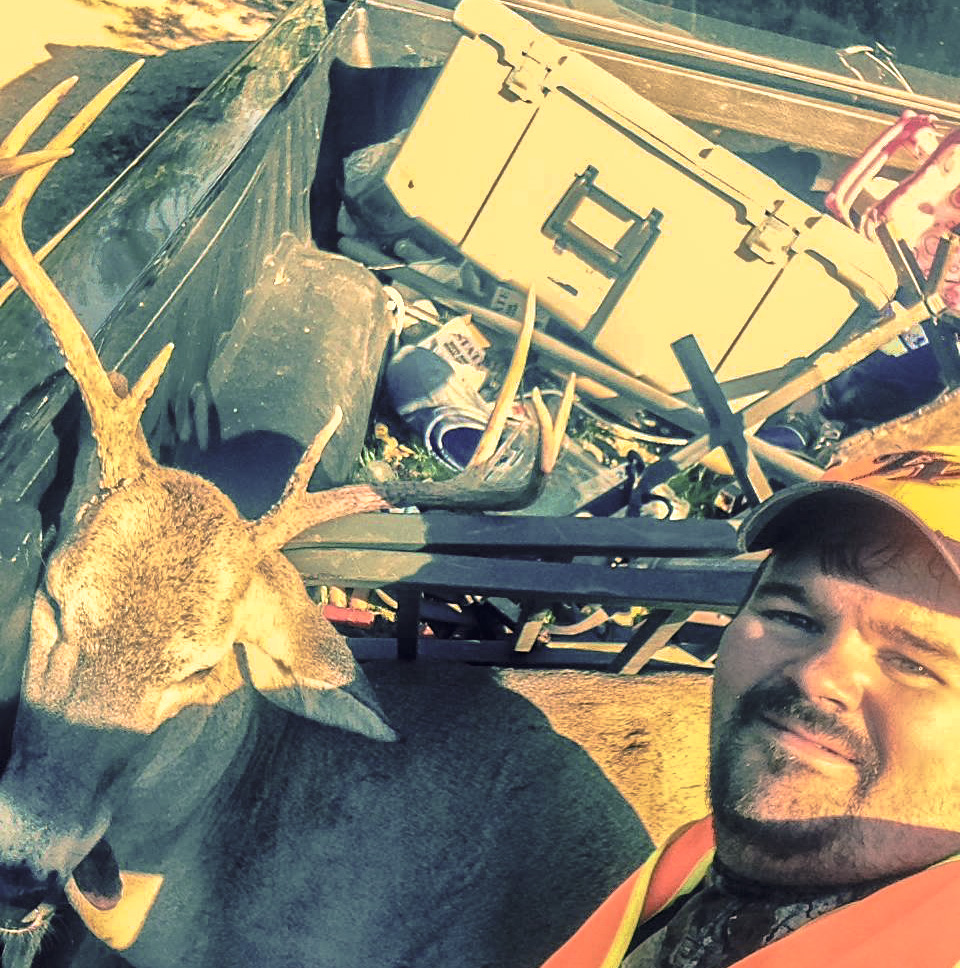Whitetail Deer Forecast

I’ve already seen some deer forecasts for my home state of Missouri, and it’s a wonder we even bother buying tags according to a few journalists. With all the doomsday talk about our poor, diseased, malnourished, and minuscule deer herd, I thought a bit of logic and facts might keep a few guys from selling off their rifles!
First of all, there is one other authority on our deer herd that you can safely take advice from, and that’s Mr. Jim Low, the head writer for the Missouri Department of Conservation. As of right now, the only two people I’d listen to in reference to deer numbers is Jim and myself, there may be other legitimate sources out there, I just haven’t come across them yet!
Here’s the deal, many of these journalists base their story on five minutes of tireless research. Looking at the total harvest numbers from the 2012-2013, and then at the total numbers from last year’s season, one must come to the conclusion that our deer herd is on a steep decline, and this year will be the worst yet, but that is simply not true.
First of all, making comparisons between the last two year’s seasons alone is not “apples to apples”. The 2012-2013 season was the largest harvest ever on record in the state of Missouri. I, as well as others, wrote about the likeliness of a historic deer season, with both a healthy white-tail population and a statewide summer drought that brought the poorest acorn crop in a decade, deer would have to be constantly on the move looking for food, and deer hunters would see and have the opportunity to shoot a lot of deer, and we did.
This is all happenstance with regards to last year’s season (although an argument could be made that you may not kill as many deer the year after the largest harvest in the state’s history). There is one dominant, overwhelming factor that brought down the year’s total numbers, and that was absolutely deplorable weather during the 11-day firearms season, where 2/3’s of our harvest generally comes from. This past year Missouri was pummeled with some of the worst weather we’ve seen in years, namely ridiculously high, sustained winds for both weekends, along with massive thunderstorms that spanned the entire state on the second day, when the grand majority of hunters are in the woods. Deer do not move in such weather unless they’re forced to. Due predominantly to this weather, the total number of deer harvested in the 11-day firearms portion was 157,272, down from the 5-year average of 186,677.
EHD, or Epizootic Hemorrhagic Disease, receives most of the blame. While EHD, or HD (which generally encompasses both EHD and Blue Tongue, as they are very much alike) did have an impact in 2012, it has an impact in every year there is a drought, namely 1980, 1988, 1998, 2007, and now 2012. The impact of HD is extremely localized among herds, and proof of this is evident in the county with the largest suspected deer loss from HD, Osage County, which was also in the top 10 counties of the state in respects to total harvest.
The next issue that is getting a ton of heat (with the flame aimed directly at the MDC’s green pants), is the “liberalized hunting regulations” that allows taking unlimited does in many counties. Well, a little research turns up an interesting fact, no one seems to take advantage of the allowance! Of the 9,270 archery hunters using antlerless (bonus) tags, 93 percent harvested two or fewer antlerless deer, and of the 65,026 firearm hunters using antlerless tags, 95 percent harvested two or fewer deer.
Here’s one more number, 90 percent. That’s the amount of land in Missouri owned by private citizens. Deer numbers can vary dramatically within a 10-square-mile area, so it is up to individual hunters to manage our own herds. If your numbers are down, don’t shoot any mature does, or better yet don’t shoot any does at all, regardless of how many you’re allowed to take. The liberalized regulations are intended so that hunters and landowners can manage their own property how they see fit.
As for this year’s forecast, the acorns are good but not great, so the Ozarks will show up, and if we get cold weather without sustained gale-force winds, we should see at least a 20 percent increase from last year’s numbers statewide and be very close to the five-year average.
